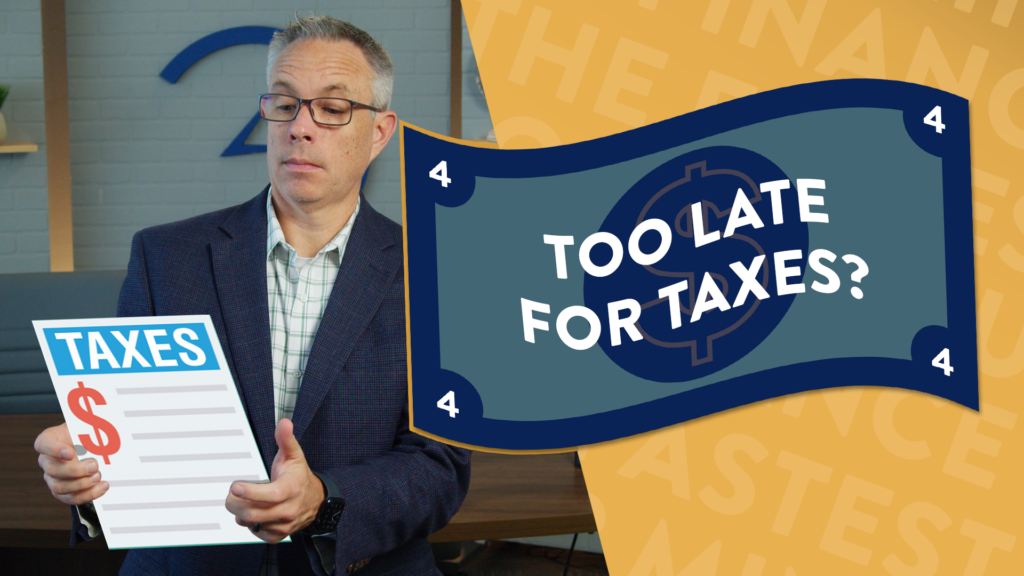Tax Filing Deadline and Last Chance for IRA Contributions
I probably don’t need to remind you that this year’s tax filing deadline is Monday, April 15th. If you haven’t filed your return yet, we want to remind you that it’s not too late to make some last minute moves to boost your retirement savings.
Contributing to Traditional IRA: Eligibility and Limits
If you had earned income in 2023, you are eligible to contribute to a traditional IRA. If you do NOT work, but have a spouse who has earned income, and you file a joint tax return, you are eligible to contribute to your own IRA.
You can make these contributions for 2023, even though we are in 2024. You just have to do it by the time you file your return or by April 15th.
The annual contribution limit for 2023 is $6,500. If you are age 50 or older, there is a catch-up contribution of $1,000. So, a married couple, in which both spouses are both 50 or older can pack $15,000 into their retirement savings, as long as one spouse worked, and that spouse made at least $15,000 in 2023.
Tax Benefits of Traditional IRA Contributions
Besides the obvious benefit of improving your retirement, there is a potential tax advantage to making contributions. If you are covered by a retirement plan through your employer, and made $116,000 or less as a couple, you can deduct your contribution from your taxes. If you made $136,000 or less, you can deduct part of your contribution. If you made more than $136,000, you can still make the contribution, but you cannot deduct it. If you are NOT covered by a retirement plan through your employer, the income limits are a little higher.
Roth IRA: Tax-Free Growth and Income Limits
There is also the option of contributing to a Roth IRA before you file your 2023 tax return.
Keep in mind, the key difference between a traditional IRA and a Roth IRA, is that a traditional IRA is considered a pre-tax contribution, and will be taxed at ordinary income tax rates when you withdraw funds in retirement. A Roth IRA is an after-tax contribution, so there is no tax deduction available for you now, but withdrawals are tax-free in retirement.
The contribution limits are the same for both Roth and traditional IRAs, and the limit is a combined limit, meaning you have $6,500 or $7,500 to contribute, depending on your age, and you can put it all in a traditional IRA, or all in a Roth IRA, or you can split it up, but you can’t go over the limit.
An additional point for the Roth IRA, if you are a high earner, you may not be eligible. As a married couple, if you made more than $228,000 in 2023, you cannot contribute to a Roth.
Consult Professionals for Personalized Advice
As always, you should consult your CPA and work with a financial advisor to know what’s right for you.
The opinions voiced in this video and blog are for general information only and are not intended to provide specific advice or recommendations for any individual. To determine which strategies or investments may be suitable for you, consult the appropriate qualified professional prior to making a decision.




